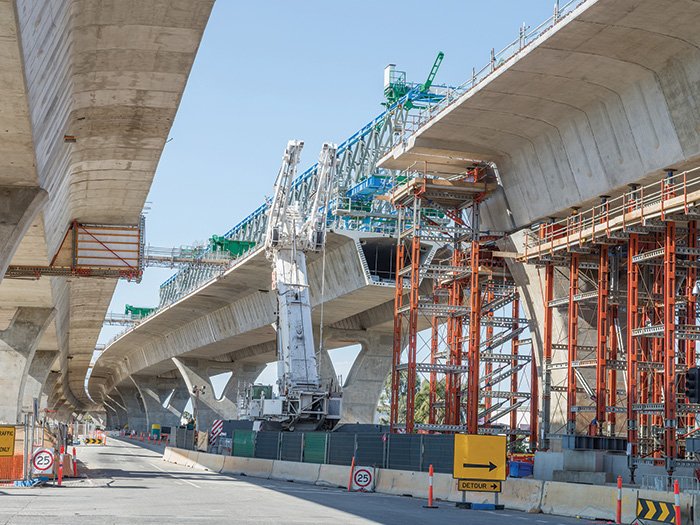Column: Risk Management
The Price of Safety
I was rushing to a meeting in downtown Toronto this week. I saw a streetcar coming my way and I jumped on to make better time.
In truth, I don’t often take public transit and had no idea what the fare was. I asked the driver, paid and then sat right up-front near him. We struck up a conversation — he was a chatty driver, which worked well because I’m a chatty passenger.
I observed his driver’s area. He was surrounded by several communication systems, mirrors and payment systems — a modern contactless smart card fare payment system and an old-fashioned cash box.
I asked him if he felt safe driving around with the cash box on board with him. I struck a nerve. I opened his Pandora’s box. The driver proceeded to tell me that for years he sat on the transit company’s health and safety committee, he felt that management didn’t seem to listen or care, or were apprehensive about spending money on safety issues.
Then he said it, the phrase that inspired this column. The phrase that I so often hear with so many of my clients, the phrase that makes me wince when I hear it:
“There is no price to safety.”
As unpopular as this may sound, I strongly disagree. There most definitely is a price to safety.
I felt badly that I agitated the driver and that he genuinely felt betrayed by management. I felt obliged to shed light on another perspective to hopefully alleviate some of his frustration and anxiety.
“If we truly want to show deep concern for employee well-being, let’s understand our most dangerous risks, mitigate them wisely, and then communicate the residual risk properly to our employees.”
I reaffirmed to him that life safety is indeed very precious. I stressed that it is impossible to make safety absolute and that it is bad business to do so. He didn’t like that.
I asked him: “What is the safest vehicle that exists on the planet? The presidential limousine, the Beast? Tank? Hummer? Volvo? Acura?” He nodded in agreement. “What car do you drive at home, sir?” He answered: “A Chevy. I can’t afford those.”
“So clearly there is a price tag on safety. It is no different with businesses. They cannot spend unlimited funds to achieve the highest degrees of safety. They too can’t afford it.”
He turned in his chair. “Wow. You got me. Never thought of it that way.”
Employees do listen. But are they challenged by what they feel may be an apathetic or hypocritical management team? Is management possibly confusing their safety message? Negatively impacting their safety culture by not being straightforward?
A safety culture is driven by values, behaviors, health and safety investments, and goals. But all too often I see publicized safety mantras, key risk indicators, or performance measures that are linked to zero failures, injuries and risk. As catchy as a zero tolerance statement might sound, beyond the basic statement lies a plethora of legal issues and cultural misperceptions.
To achieve zero risk there has to be a plan for infinite investment in managing that risk. We all know that is impossible. So please let’s not tout it anymore, especially when it comes to life safety.
If we truly want to show deep concern for employee well-being, let’s understand our most dangerous risks, mitigate them wisely, and then communicate the residual risk properly to our employees.
The evidence is clear that safety is good business as long as we spend sensibly on safety management and we are straight up with our employees. They will understand. &










